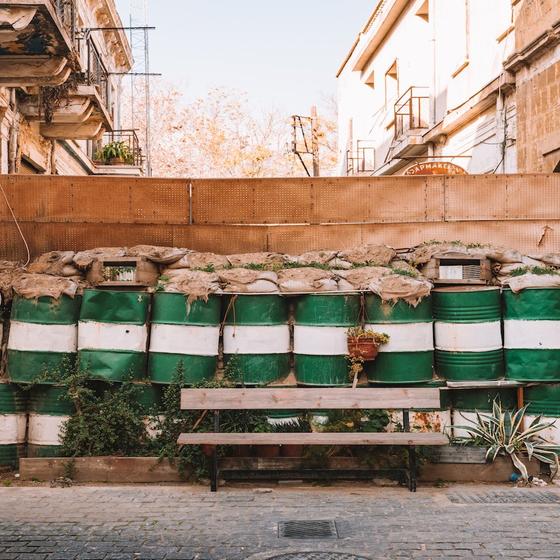What and where we eat is a politically radical act. Travelling between Bogota and Cartagena, we meet Colombian entrepreneurs leading a sustainable dining revolution, and find that the crossover between food and peace extends way beyond the plate.
04 February, 2020
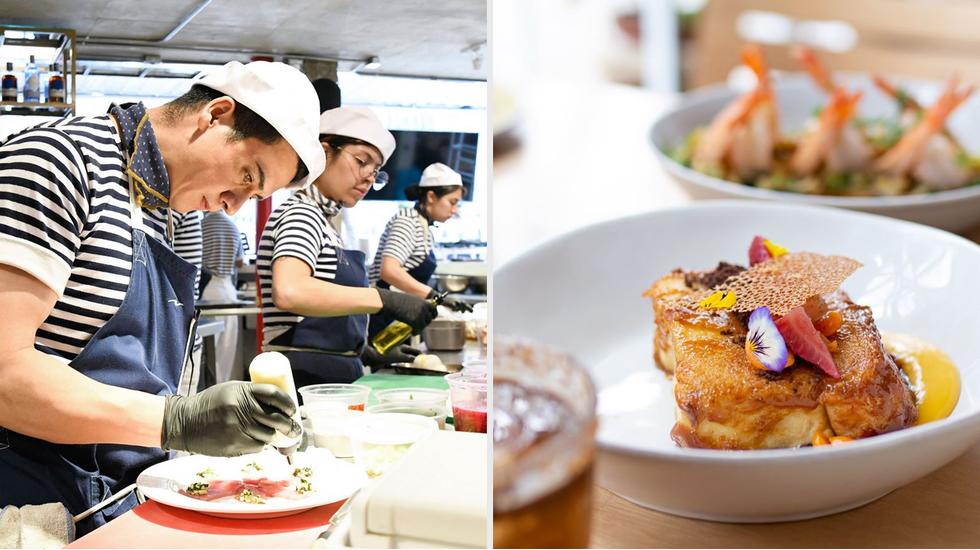
Alejandro
Cuéllar was a well known and loved Colombian chef
until his untimely passing in 2019 at the age of 34 in Malaysia,
where he was on one of his regular food-cum-diplomatic missions. A
man known for his love of flowers in food and his Bogota
restaurant, he was frequently sent by Colombia’s Ministry of
Foreign Affairs to build bridges through culinary spheres and
introduce the world to his personal brand of wild cuisine.
I had never met Alejandro or been to Colombia, but I learnt
about him through Charles Michel, who promotes joyful, sustainable
living and a reconnection with nature through food. Having first
encountered Charles on Netflix show The Final Table, I went on to
meet him at a TEDx conference where he spoke brazenly and
beautifully about food and the environment. He told me about the
passing of his dear friend just days before we met and about a
memorial day that would be hosted in his honour in Colombia. I felt
so moved that I committed to going.
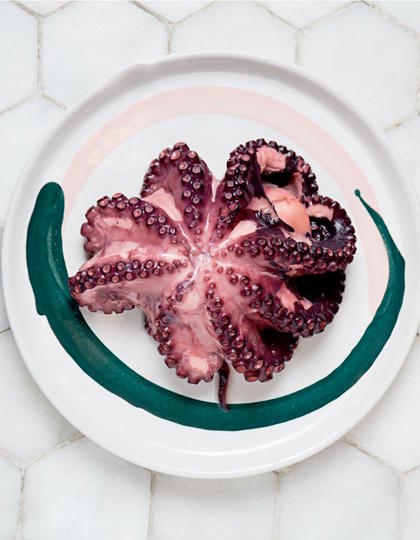

Bogota is a high-altitude jewellery box of a capital, embedded
in the plateau of the Andes, packed with boxy terracotta buildings
and tree-lined running tracks. It’s a busy, cosmopolitan city in a
subtropical climate, where I was told with firm conviction by
locals that it would be sunny in the morning, thunderstorms in the
afternoon and then sunny but cold again in the evening – and they
were right. On my first day, as the skies transitioned from bright
to stormy, I savoured a six-course tasting menu at the LAB
Instituto Gato Dumas, a culinary school.
Here, the team had explored the culinary uses of coca, a sacred
and indigenous plant, packed with antioxidants, calcium and
potassium. It’s considered a so-called “superfood”, and LAB
Instituto Gato Dumas has used it to make everything from
kombucha to focaccia, energy bars to ice-cream. The only hitch with
the menu is that everything we ate sits in a very grey area of
Colombian legality; coca, when mixed with toxic chemicals and
ingredients such as cement, becomes cocaine, and cocaine is at the
root of many of Colombia’s problems.
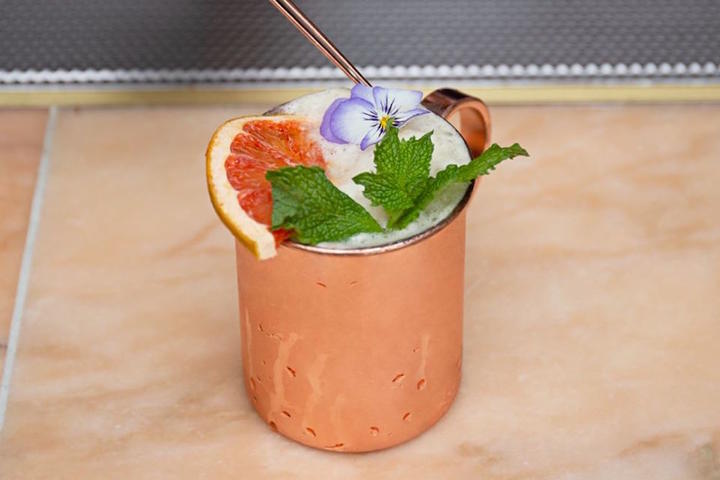
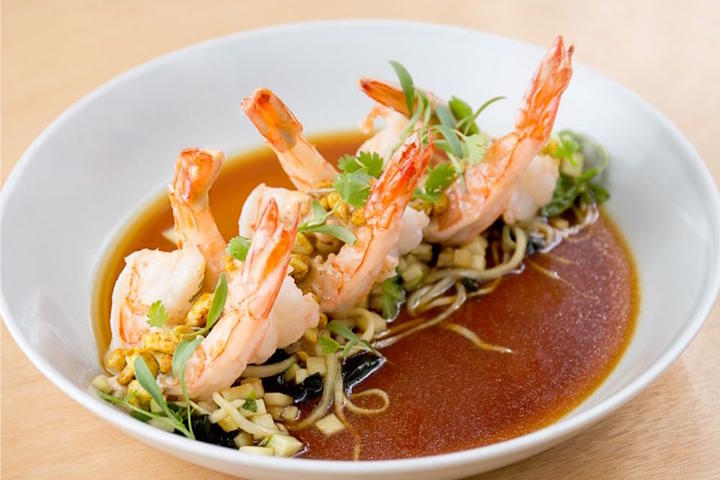
Nevertheless, peaceful solutions can often be found on the
reverse of the same coin as war. While coca is highly stigmatised,
it is a deeply historically and culturally important plant;
misunderstood and misused. There are an estimated 200,000 hectares
of coca being grown illegally in Colombia right now and, while this
isn’t likely to decrease, there’s a chance that the plant’s purpose
could shift – as the global demand for food grows, for instance,
coca flour could be used to meet this need. Yet this can only
happen if deeply ingrained perceptions about the plant shift and if
the Colombian government steps in to support this form of
agriculture.
A great place to discover local, legal, ingredients in Bogota is
Cuarto Frio near Virrey Park. It
uses an array of local, seasonal ingredients to create beautiful,
tapas-style dishes. Here I tasted yucca in a dish akin to patatas
bravas, and lulo, a fruit that makes for a refreshing drink when
combined with water or, even better, with milk. Should you visit
Cuarto Frio, sit at the bar for the best experience and look down
into the kitchen as dozens of chefs clad in Breton stripes craft
dishes.
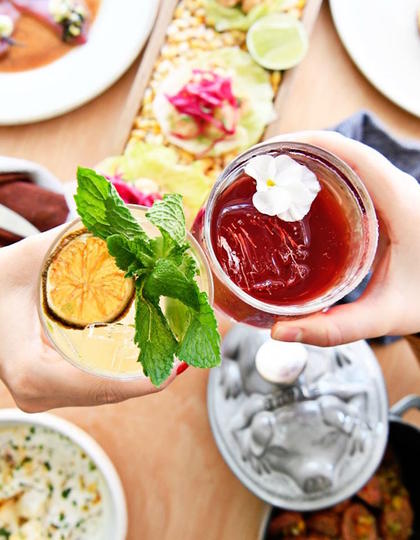
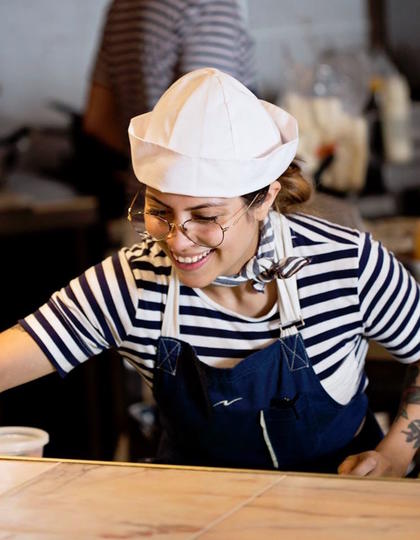
Looking for a place to stay? Try concept-space-cum-hotel
Casa Lelyte, which houses four
boutique rooms and a vegan restaurant. On my third day in Colombia,
I enjoyed a 30-person mushroom-themed dinner here, held in
collaboration with Juventud De La Tierra – a collective
of environmental activists. The atmosphere was far from an
ideological echo chamber; the seating plan (intentionally or
unintentionally, I’m still not sure) sat a liberal, vegan, yogi
congressman opposite the wife of a conservative cattle rancher.
Soon enough they were shouting at each other across the table and
hurling insults. Just when I thought their fight would never end,
they’d found some common ground on something they both disagreed
with or agreed with and were high-fiving over the table. This is
what sitting down to eat can achieve between disparate individuals.
Change is not made by putting people who have the same views
together.

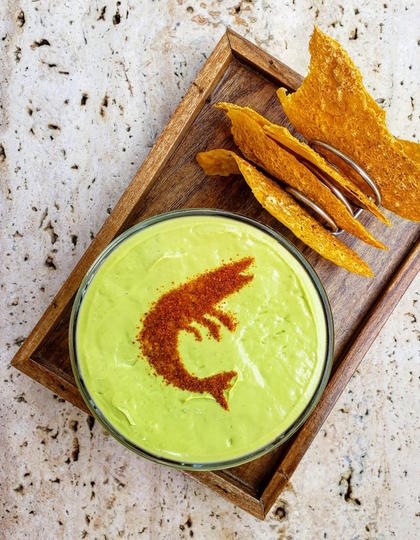
Food is also an easy way to spark conversation with strangers on
your travels. La Candelaria is the old part of Bogota, famed for
its winding roads and museums including the Gold Museum and the
Botero Museum. Here I went to La Puerta Falsa, one of the oldest
restaurants in the city that serves a much-loved ajiaco (chicken
and potato soup with corn, avocado and rice on the side) and struck
up an easy conversation with another solo tourist with a simple:
“That looks good. What did you order?”
Food is big business, and doing something game-changing can have
a huge effect in a country and between countries. At the airport in
Bogota on my way to
Cartagena, I discovered Crepes & Waffles, an unassuming chain restaurant,
where, of its 3,800 employees across Latin America, 96 per cent are
women – primarily single mothers and the sole breadwinner among
their respective families.
This was not the original intention of the founders Beatriz
Fernández and her husband Eduardo Macías when they founded their
restaurant in 1980, but it has proven to be a great way for the
business to help lift women out of poverty and fight Colombia’s
chauvinistic culture. Beatriz says that in Colombia “women are the
motor for change”. All I had to do to support this was to eat in
the restaurant. Turns out, it’s true what Charles Michel told me:
what and where we eat is a politically radical act.
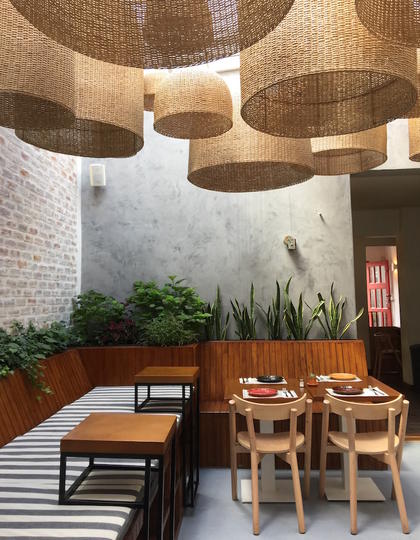
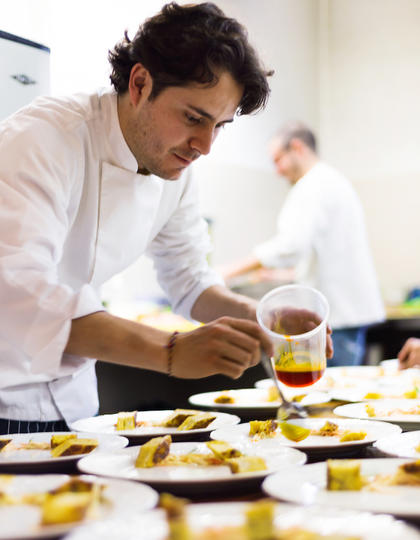
I also had the fortune of meeting Sebastián Hernández, the
co-founder and CEO of Superfuds, a company that helps
small organic brands enter the market. In the process, it has
identified a gap in the market and created its own brand of
healthy, Colombian-grown “super” snacks. Sebastián is just one of
the many young Colombian entrepreneurs leading the conscious eating
revolution.
In Cartagena, I visited Celele, hailed as one of the
best restaurants in Latin America. It works to support indigenous
cuisine and communities on the Caribbean
coast. The menu here is filled with local ingredients and
colourful flowers – after all Colombia likely has the largest
number of endemic floral species in the world, 1,500 of which are
orchids, the country’s national flower.
In the rolling hills outside of Bogota, I attended the memorial
day in honour of Alejandro Cuéllar. We ate ajiaco and planted seeds
in his family’s large garden – a space where he once had plans to
create his farm-to-table restaurant. I met his father, a joyful
soul full of stories. I said that I had never met his son, and
perhaps it was strange that I was even there, but the way that he
was being remembered through his friends and colleagues told me
everything I needed to know about him. He had left a serious and
positive impact on a lot of people and his preferred medium for
expression, communication and change was food.
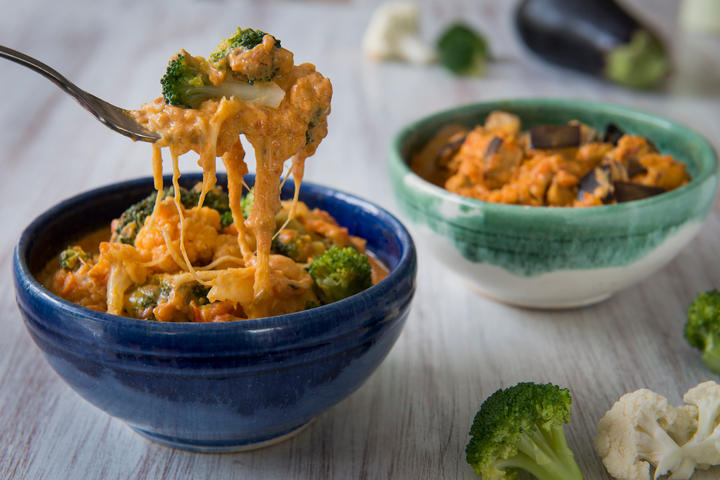
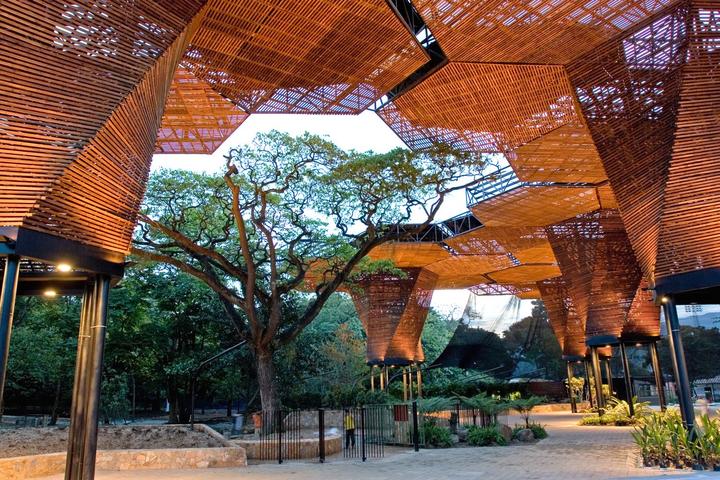
The following evening 15 chefs got together at a small taqueria
called El Pantera, next door to Alejandro’s restaurant Canasto Picnic Bistró, to celebrate him by each
creating a taco in his honour. It was a beautiful sight; chefs
flowed around a tiny kitchen feeding way more people than the
restaurant could support – there were people spilling out onto the
street.
I wasn’t expecting to meet so many incredible people working at
the cross-section of food and peace in Colombia: chefs,
entrepreneurs, activists, vegan congressmen. But I did, and now I
have stories of food and sustainability that stretch way beyond the
plate. Before Alejandro died, he published a book, in which he
asked chefs from all over Colombia to contribute to Cocina y Paz
(Food and Peace), a collection of recipes that would support local
farmers and communities, history and culture and help the country
for the future.
Colombia taught me that food has the power to change everything.
It can mend individual relationships and open important
conversations; it can bridge opposing views, forge friendships and
spark romance. In Colombia, food has the potential to open up
pathways to peace, if only it can find the support. Most
importantly, if we look at human destruction on Earth at large, the
remedy starts with food.
